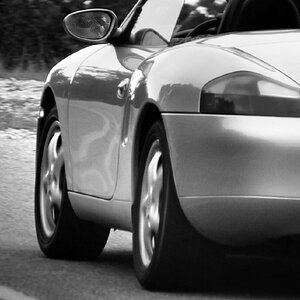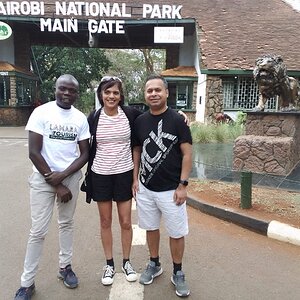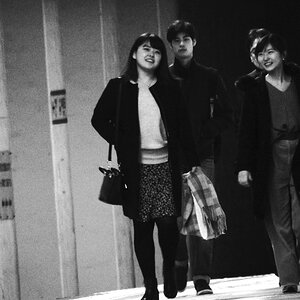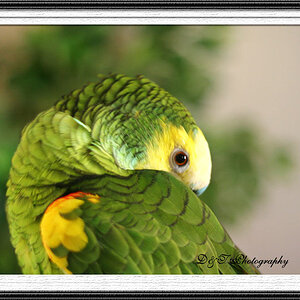mentos_007
The Freshmaker!
- Joined
- Jun 29, 2004
- Messages
- 9,324
- Reaction score
- 102
- Location
- Poland, Sz-n
- Can others edit my Photos
- Photos OK to edit
hey! I need your help. I'm going to buy a grey filter to my s5000 and it's NDx4 filter. It lets "smaller" my apperture for 4 stages... what does it mean?  my s5000's lowest apperture is f8 so if I use the filter I'd be able to have something like... f12 ?? am I right?
my s5000's lowest apperture is f8 so if I use the filter I'd be able to have something like... f12 ?? am I right?



![[No title]](/data/xfmg/thumbnail/38/38737-350089c7ae87f5c983c5362b9b78b671.jpg?1619738703)
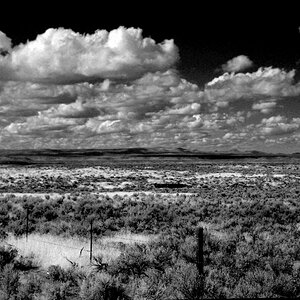

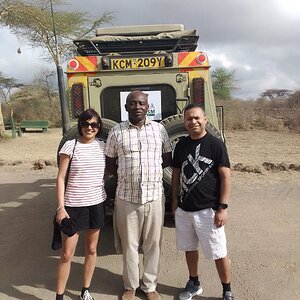
![[No title]](/data/xfmg/thumbnail/30/30885-2764c7a15a288ed06f3903d3a2756832.jpg?1619734497)
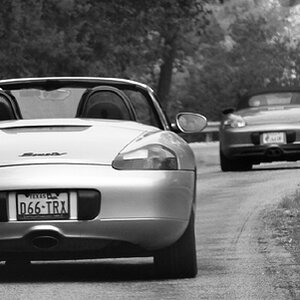

![[No title]](/data/xfmg/thumbnail/35/35666-9f404fab7b896e4ec114160079fa71c6.jpg?1619737090)
